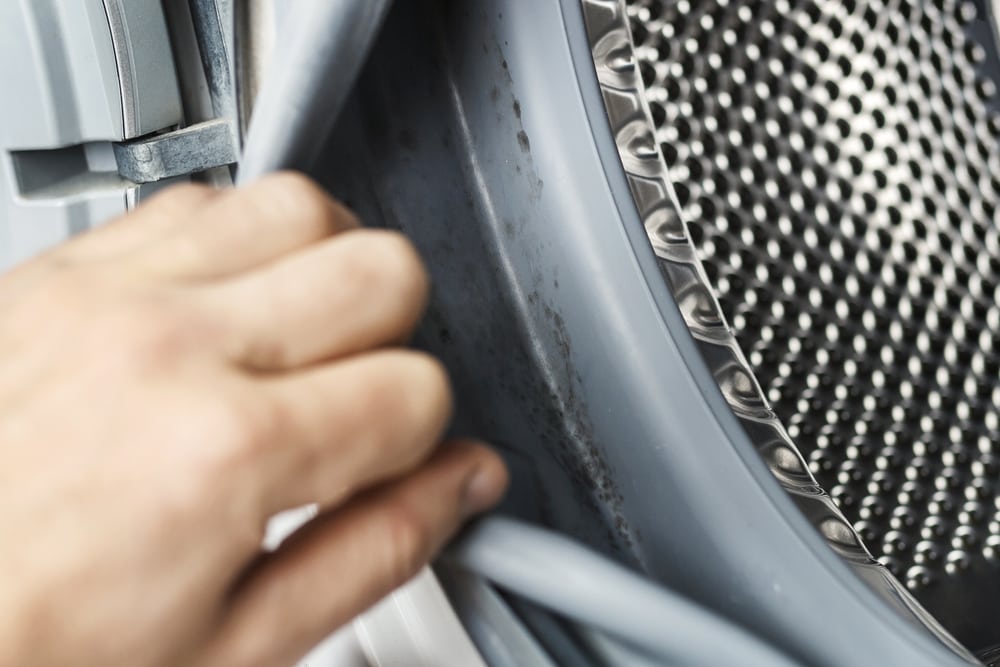Mold often grows out of sight in wall cavities due to water problems like flooding or leaks. Before you know it, it creates a toxic environment in your home, compromising the indoor air. The good news is that even hidden mold leaves behind clues, whether it’s in closets or walls. You can find out if mold is growing in your walls in several ways. Here is how to detect mold in walls.
How to Detect Mold in Walls
Follow the Moisture
If your home has suffered severe water damage, mold will grow in your walls if the water wasn’t removed within 24-48 hours. If the water reached the drywall, the best practice is to cut it one foot above the water line.
Other water problems, like leaking pipes, may also trap moisture inside your walls. Even when leaks are visible, moisture can get inside walls, providing mold a place to grow. Be aware of signs that drywalls are moist such as:
- Water stains
- Dark rings
- Discoloration
- Deterioration like peeling, bubbling, or cracking of the paint or wallpaper
Moreover, if the walls are bowed, bulging, or warped, they most likely contain moisture. Another clue is if the surface of the walls feels wet or damp.
Mold Colors
First of all, if the wall is rotting, it likely has mold underneath it. In less severe cases, mold might not be that noticeable. Inspect the walls and check for mold on walls behind furniture and along baseboards.
Mold can have different colors and textures, so be sure to recognize them. Mold can be black, green, gray, white, or brown. Mold can even appear orange, pink, or purple when it grows behind vinyl wallpaper. Black mold is typically the most dangerous type of mold.
The most hazardous kind of mold is Stachybotrys chartarum, sometimes known as “black mold.” It creates toxins known as mycotoxins, which can cause major health problems, including respiratory disorders, neurological issues, and, in rare cases, death. That is why, if you believe you have black mold in your house, black mold remediation is vital.
Another sign of visible mold is the discoloration of walls, even if it has been painted over. If the water damage inside the walls persists, mold will show signs on the surface.
Musty Smell
If you don’t see signs of mold, but you can smell it, it may be hidden in your walls. A musty smell indicates that mold is growing in your home. The smell of mold feels earthy, like rotting leaves or decaying wood in a dense, damp forest.
If you think there’s mold in your walls, get on your hands and knees and smell the electrical outlets. This might sound silly, but it may help you sense mold if it’s growing within walls. Outlets have better access to the area behind the walls. Thus, smelling them can help identify the mold problem.
Call PuroClean for Professional Mold Removal
Now that you know how to detect mold in walls, you might be wondering how much mold is in your walls. This is where a professional mold removal company like PuroClean comes in. We use professional inspection techniques and tools to determine the existence and extent of mold. For mold removal and water damage repair services, contact your local PuroClean office.




 PuroClean of North Nashville
PuroClean of North Nashville